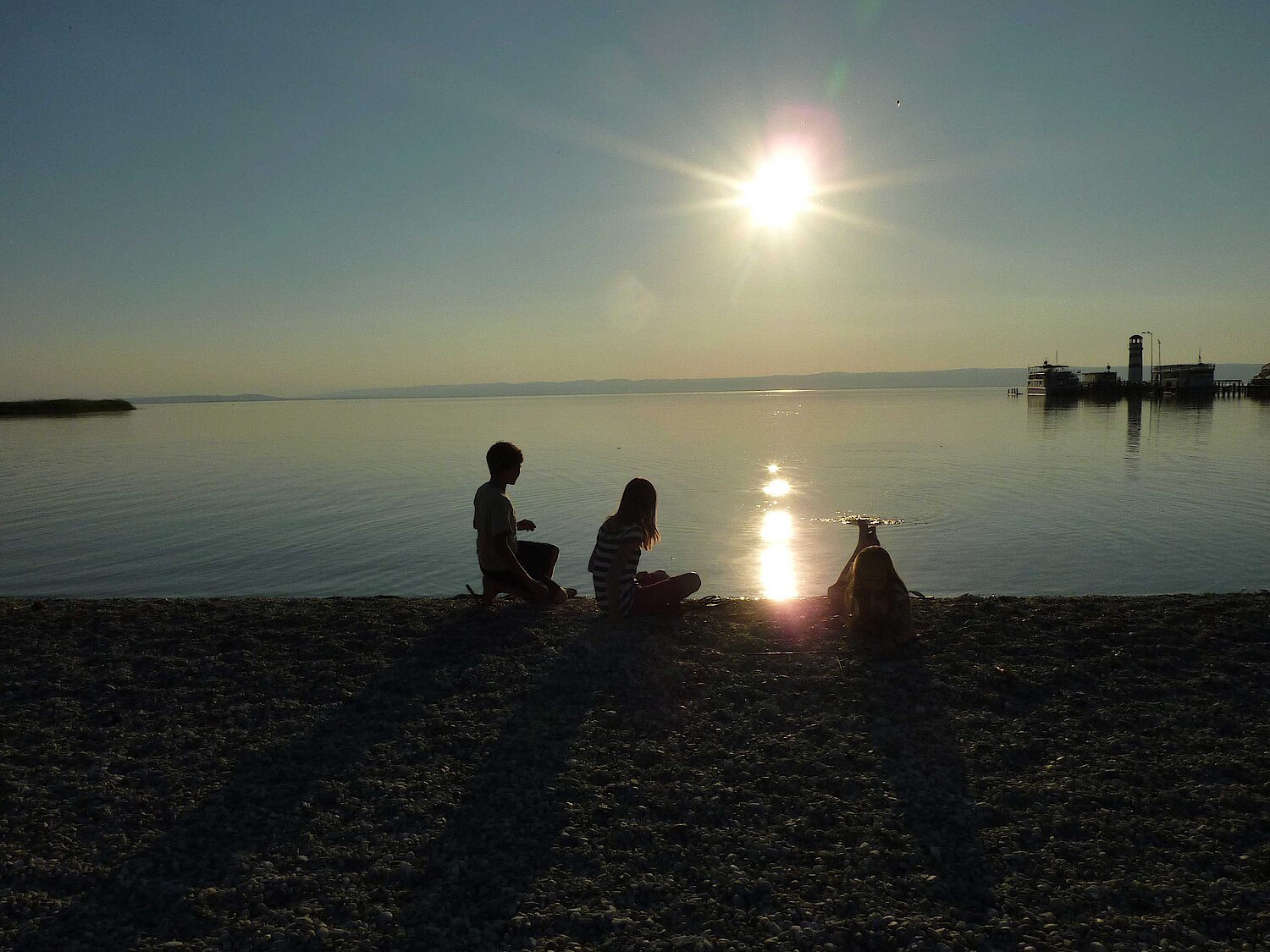Austrian bathing sites among the top three in Europe
99.2 % of Austrian bathing sites meet the standards for water quality, says the new bathing water report published by the European Environment Agency (EEA) today. Within the European Union ninety-five per cent of the monitored bathing sites met minimum standards for water quality in 2018. Water quality was excellent at 85 % of the sites. In four countries, 95 % or more of bathing waters were assessed as being of excellent quality: Cyprus (99.1 % of all sites), Malta (98.9 % of all sites), Austria (97.3 % of all sites) and Greece (97.0 % of all sites).

All reported bathing water sites in Cyprus, Greece, Latvia, Luxembourg, Malta, Romania and Slovenia achieved at least sufficient quality in 2018 (in accordance with the minimum quality standards set by the Bathing Water Directive). The three countries with the highest numbers of bathing water sites of 'poor' water quality were Italy (89 bathing water sites or 1.6 %), France (54 sites or 1.6 %) and Spain (50 sites or 2.2 %).
The EEA’s annual bathing water quality compiles analyses of water sampled at more than 22 000 coastal and inland bathing sites across the EU, Switzerland and Albania indicating whether or not it has been contaminated by faecal pollution from sewage or livestock. Alongside the report, the EEA has published an interactive map showing the performance of each bathing site.
Austrian bathing sites
In Austria 99.2 % of the monitored bathing sites met the Bathing Water Directive’s minimum standards for water quality. 97.3 % had excellent water quality. In total 263 Austrian bathing sites were monitored.
Detailed information is available at the bathing sites database hosted by the Austrian Agency for Health and Food Safety (AGES).
Forty years of investments have improved Europe’s bathing water
The European bathing water Report shows that overall bathing water has improved over time. In 1991, 56 % of bathing water sites reached the highest standards. This percentage rose to 85.1 % in 2018.

